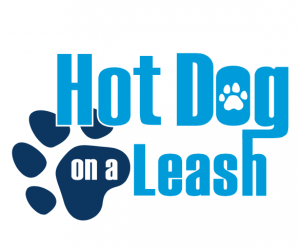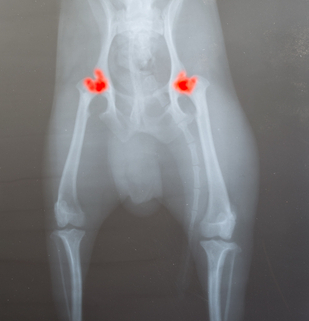How to Identify Hip Dysplasia in Dogs
You may be aware that hip dysplasia is common in dogs. Some breeds are more prone to developing it than others, but any dog can potentially have hip dysplasia, including mixed breeds. Throughout this article, we will walk you through some of the most common symptoms of hip dysplasia. From there, you should be able to figure out if your dog needs veterinary assistance.
Let’s start off by giving you some more information about what hip dysplasia is. Foremost, it is one of the most common orthopedic conditions seen in dogs. It is an abnormal growth and development of the hip joint. The hip joint is considered a “ball and socket” joint. The ball is the head of the femur, and the socket is part of the pelvic bone, the acetabulum. In a normal situation, the femur fits very tightly within the acetabulum. In hip dysplasia, the joint does not fit together snugly, causing instability. As a result, the joint will move in and out of the socket which may cause cartilage damage or severe arthritis.
Below is a list of some of the most common symptoms of hip dysplasia.
Difficulty Moving – Dogs with hip dysplasia may have difficulty getting up out of bed and will have problems running, jumping, and climbing stairs.
Lethargy – This is a common symptom associated with hip dysplasia. Dogs normally become lethargic and less interested in getting up to do anything.
Loss of Muscle – As the hip dysplasia condition progresses, dogs will not use their thigh muscles as much, especially when it comes to jumping and running. Unfortunately, this will lead to an atrophy of the muscles in the thighs. The loss of muscle will eventually become noticeable, especially if hip concerns are left untreated.
Stiffness and Pain – Your dog may have stiffness and pain if they have hip dysplasia. Keep in mind that your dog may start to guard their hips and legs as the pain increases. If your dog is reluctant or will not let you pet their hind end or touch their legs, hip dysplasia may be the culprit.
Dogs who have hip dysplasia may be able to have their conditions managed through medication, supplements, or alternative therapies. If you are concerned that your dog may be exhibiting signs of hip dysplasia, talk to your veterinarian as soon as possible.



